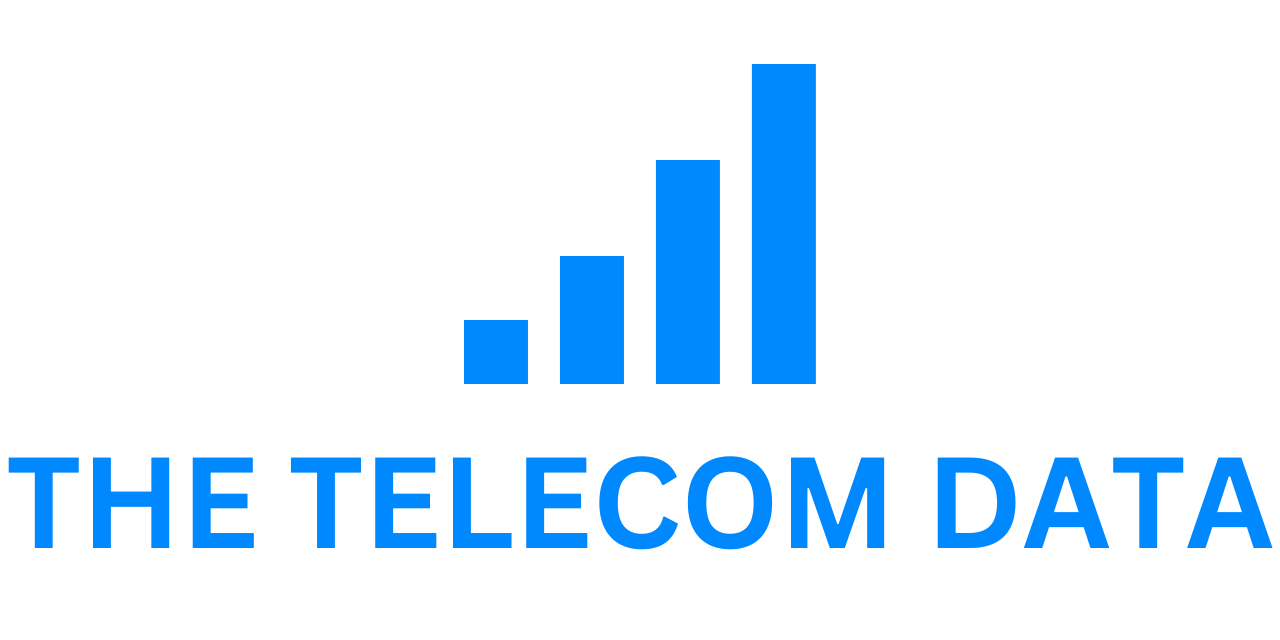
Electronic waste is a growing global concern, with Statista estimating that it’ll increase from53.6 million metric tons in 2019 to 75 million metric tons by 2030. Manufacturing new bias requires the birth and processing of raw accoutrements , which is energy- ferocious, environmentally dangerous and generates the utmost CO2 emigrations. Last time, further than1.3 billion smartphones were vended and although the Swedish Environmental Research Institute( IVL) has concluded that manufacturing a new smartphone generates, on average, 86 kilograms of waste, each phone’s life expectation is just2.7 times. At the same time, the IVL study shows that if a smartphone is reused, rather than buying a new device, this avoids an normal of 55 kilograms of CO2 emigrations. In addition, a PwC study published last month shows that visionary relinquishment of the product- as-a-service business model for consumer electronics could lead to a cost savings of at least
27 and a CO2-original reduction of at least
36 by 2035 compared to a business- as-usual model, using 2023 as a birth. By extending the continuance of bias through refurbishment and Device as a Service programs, Telia Company aims to reduce the CO2 emigrations associated with new bias, the quantum of waste generated across the force chain and electronic waste in general.
Refurbished phones
Within Telia’s footmark, refurbished mobile phones are most popular in Norway and a time ago the company passed a significant corner by dealing its 100,000 th refurbished phone in the country. The story began in 2016, when Telia Norway – also operating under the NetCom brand – launched a buyback program. guests were encouraged to trade in their used phones in return for a testimonial that they could use to buy a new phone. The program, which is still running, enabled Telia Norway to accumulate a large quantum of good qualitypre-owned phones. Telia began dealing these phones via its OneCall value brand in 2018 and they proved so popular that the conception was extended to the main Telia brand in 2020 and to Telia’s B2B fighter brand, Phonero, in January 2023.
Before dealing a used phone, Telia Norway completely inspects and tests it to insure it meets the company’s norms for functionality and appearance. Refurbished phones come with a two- time bond and a five- time right of complaint.
moment, nearly 15 of phones vended by Telia in Norway arepre-owned, which Pål Rune Kaalen, who’s head of consumer business at Telia Norway, attributes in part to strategic use of public relations. Telia Norway proactively reports its top- 10 most popularpre-owned phones each quarter – so far, the list is dominated by colorful performances of Apple’s iPhone – and laboriously shares mileposts and its experience of dealing pre-owned phones at assiduity events.
“ Telia’s OneCall brand now sells as numerous used phones as it does new bones
and – given the increased focus on sustainability and costs – we anticipate deals to increase further in the future, ” says Kaalen. “ habituated phones are good for both the terrain and our holdalls
, and we’re working in resemblant to expand our range to include tablets and smartwatches, for illustration. ”
Following the same playbook it used forpre-owned phones, Telia Norway began dealing used tablets under its OneCall brand in October and vended nearly 500 of them in the first month. Looking ahead, Telia Norway aims to increase its force of used bias to more control oscillations and is engaging with the Norwegian government in an attempt to make regulations on the trade ofpre-owned phones – which aim to help the trade of stolen bias – less burdensome.
Device as a Service
In Sweden, one in three Telia business guests choose the Device as a Service model, a leasing model retailed as “ Mobile as a Service ”. With this model, Telia maintains power of the phones it provides to its guests ’ workers, which increases Telia’s capability to extend the continuance of these bias. This is a simple and cost-effective result that includes display defenders and phone cases and vittles for form and refurbishment of bias, thereby extending their life spans and reducing the need to buy new bias. This approach also creates jobs in the form and refurbishment assiduity. When bias are returned to Telia, the company ensures they’re securely wiped of all data and either refurbished for trade aspre-owned bias or reclaimed in an environmentally safe manner, rather than simply being thrown down or kept in a hole for times.
Capgemini Sweden chose Mobile as a Service Plus, which enabled the company to offer its workers the rearmost mobile phones at a fixed yearly cost. Telia takes care of everything from copping
and start- up to service, repairs and reserves, and insurance is also included. Capgemini workers can choose from a predefined range of smartphones in a web shop that Telia manages and maintains for the company.
While admitting the significance of always being connected, Björn Sjögerås, Chief Operating Officer for Capgemini in Scandinavia, notes that numerous of his workers are decreasingly apprehensive of sustainability issues, which made “ Mobile as a Service ” a good fit.
“ In addition to making it easier to manage mobile phones, for both the company and the staff, we’ve also purposely designed the result to make the technology last longer, and therefore reduce the need to replace bias, ” Sjögerås says. “ All phones come with screen defenders and covers. And after two times you can choose to keep your smartphone, handed that you continue to use it for business for a certain period. In this way, we produce the conditions and impulses for a indirect mindset, reducing the waste of coffers. ”
Capgemini went a step further by adding phones produced by Fairphone – a Dutch company that aims to produce further sustainable smartphones – to its range of hand bias.







